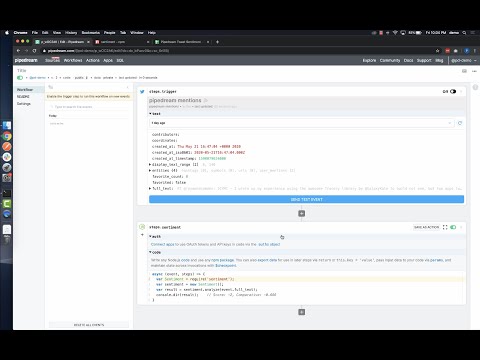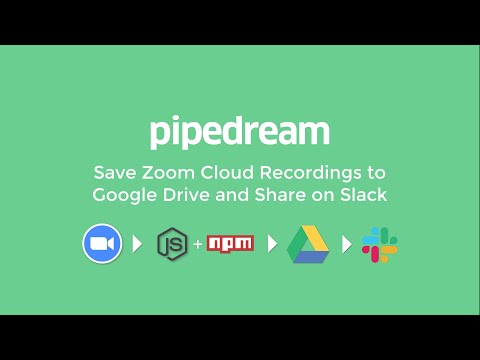What do you want to automate
with Google Sheets and Shortcut?
Prompt, edit and deploy AI agents that connect to Google Sheets, Shortcut and 3,000+ other apps in seconds.
Trusted by 1,000,000+ developers from startups to Fortune 500 companies
Popular Ways to Connect Google Sheets with Shortcut#
Popular Google Sheets and Shortcut Triggers#
Emit new event when a new webhook event is received. See the documentation
Emit new event each time a comment is added to a spreadsheet.
Emit new event each time a row or rows are added to the bottom of a spreadsheet.
Emit new event each time a row or rows are added to the bottom of a spreadsheet.
Popular Google Sheets and Shortcut Actions#
Add a single row of data to Google Sheets. Optionally insert the row at a specific index (e.g., row 2 to insert after headers, shifting existing data down). See the documentation
Creates a new story in your Shortcut account. See Create Story in Shortcut Rest API, V3 reference for endpoint documentation.
Add multiple rows of data to a Google Sheet. See the documentation
Get all values or values from a range of cells using A1 notation. See the documentation
Overview of Google Sheets#
The Google Sheets API allows for the creation, reading, updating, and deletion of data within Google Sheets, enabling a robust platform for spreadsheet management and data manipulation. Through Pipedream, you can craft serverless workflows that respond to various triggers, such as webhook events, emails, or scheduled times, to interact with Google Sheets. This synergy can automate reporting, synchronize data across applications, manage inventory, track leads in a CRM, or even conduct survey analysis by updating and retrieving sheet data on the fly.
Connect Google Sheets#
import { axios } from "@pipedream/platform"
export default defineComponent({
props: {
google_sheets: {
type: "app",
app: "google_sheets",
}
},
async run({steps, $}) {
return await axios($, {
url: `https://www.googleapis.com/oauth2/v1/userinfo`,
headers: {
Authorization: `Bearer ${this.google_sheets.$auth.oauth_access_token}`,
},
})
},
})
Overview of Shortcut#
The Shortcut (formerly Clubhouse.io) API empowers teams to automate project management tasks, streamline workflows, and integrate with other tools seamlessly. Using the API through Pipedream, you can trigger actions based on project updates, synchronize data across platforms, and manipulate Shortcut resources like stories, epics, and sprints programmatically. This ability to interact with Shortcut entities opens up a plethora of automation possibilities, optimizing the development cycle and communication pathways.
Connect Shortcut#
import { axios } from "@pipedream/platform"
export default defineComponent({
props: {
shortcut: {
type: "app",
app: "shortcut",
}
},
async run({steps, $}) {
return await axios($, {
url: `https://api.app.shortcut.com/api/v3/member`,
headers: {
"Shortcut-Token": `${this.shortcut.$auth.api_key}`,
"Content-Type": `application/json`,
},
})
},
})
Related Videos#



Community Posts#


